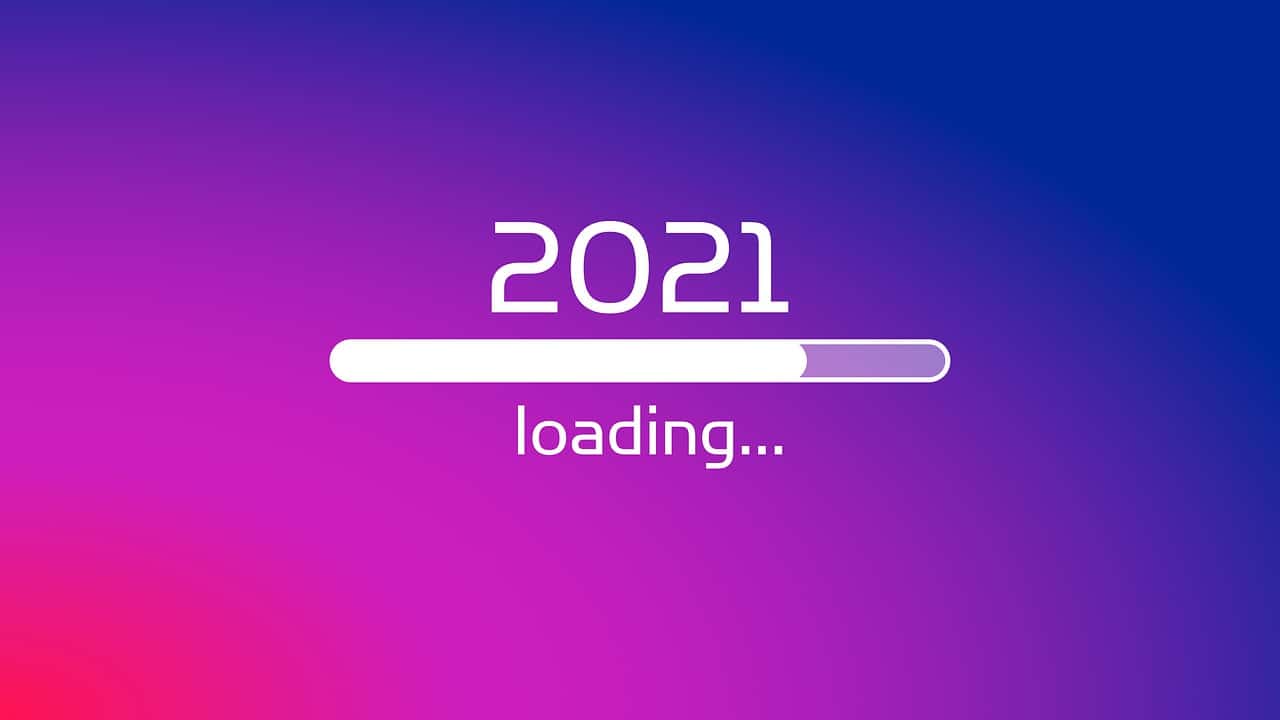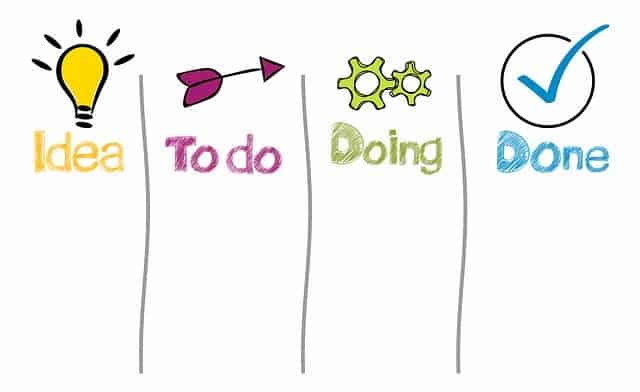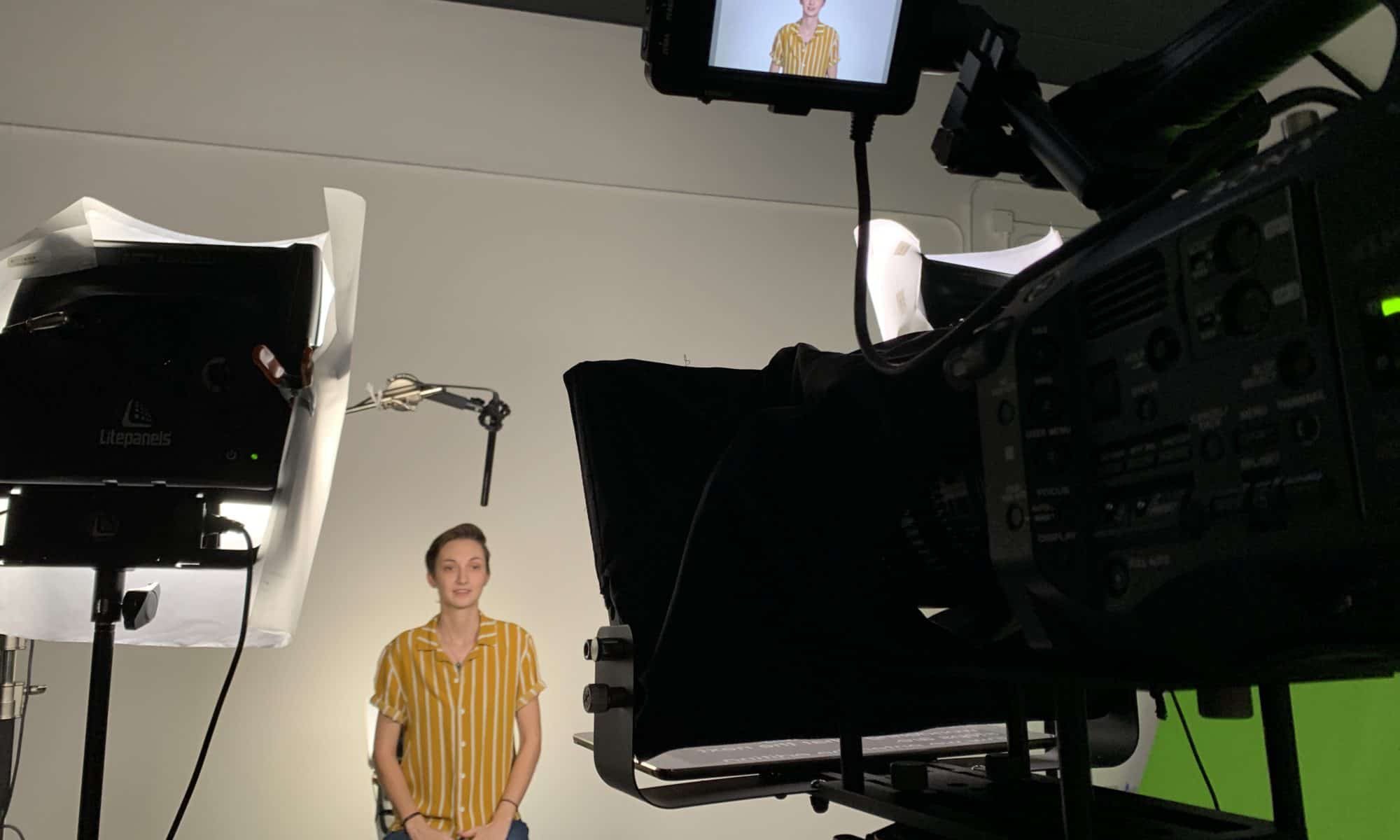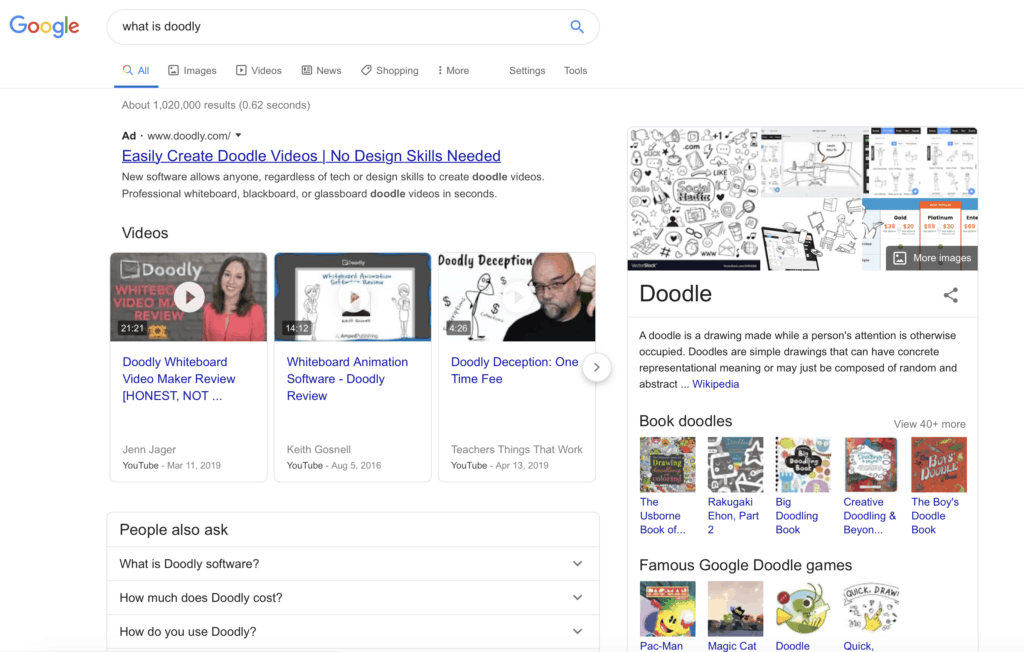How To Use Video in Business in 2021
Video Trends of 2021
Remember when videos were only supposed to be 6 seconds long…we were told to keep them very short? Now they say video should be longer, mabye30 to 60 seconds. Or, they can be 3 minutes long. Why does it keep changing?
The answer isn’t as simple as you’d think and that question might not be the right question…in fact, length is almost irrelevant at this point. The goal of this post is to share how to use video to positively impact your business…whether it be sales, leads, branding, or any other metric. We’ll also hit on some trends we see happening now and into 2021.
Let’s start with why your target audience would even want to watch your video. Why should they? You’re just selling to them anyway, right? First, your potential customers are looking for information well before they reach out to you. Before they call you or submit a request via your contact form, they’ve done their research. They look for ways to understand who you are and what you do. They usually do this by viewing your video content.
If you are going to create video, you must consider your potential customers’ needs rather than tell them what you want to say. When you see that law firm video that says, “We’re the best lawyers,” or “We’ve been voted best lawyer in…” does that make you want to call them? No. What makes their clients call them is knowing they can trust them. Knowing that the law firm can do/handle what they say they can. The average person won’t make a call to any business if they feel like they can’t trust them.
Why Do People Watch Videos (of any business)?
There are several factors that go into someone watching a video. Most won’t seek out to watch a video from a brand just because they feel like it. They do it because they have to. Anytime a potential client is doing research the goal is to understand who they might be dealing with when they make the call or submit their information. It reminds me of a time I had to research hurricane shutters for our house. After several searches, I found a company that wasn’t far away that sounded good. They had several nice reviews, plenty of information online, and it looked like they were the perfect fit. Then, I watched a video. The video was so sales laden and almost pressure filled, it turned me off. I decided to call someone else.
Here are the reasons potential customers and clients do their research. This should make you strive to communicate differently when you create video.
- Can You Do It? They want to know, “Can you do what you claim you can do?” Typically, when a business wants to communicate this message, they will create explainer videos that explain what product or service they offer. Having a landing page that speaks to a specific product or service is nice, but if you’re not conveying confidence in your abilities or conveying your personality properly, they’ll never make the call.
- Education. They want to know who you are, what is your personality, will we work well together, and do I like you. Sometimes a nice personal video can help with this or an educational video that shows your knowledge, but in a soft manner will do portray the right message. The important part is knowing what your audience is looking for, why they need it, and make them feel comfortable knowing you’re the right person for the job.
- Trust. This is probably the top priority, but the last thing they’ll ever tell you. If you get work from your website and videos without working too hard at it, you are probably conveying a good amount of trust. You can have 100 minutes of video on your site, but if you’re not making the viewer feel comfortable, they won’t trust you…and ultimately, they’ll never call. Search engines bring them there and your message must move them to make the call. Video ads can do some of the work getting potential customers to your site, but without the right types of content present, trust can’t be built.
- Following the brand. Sometimes people just want to follow a brand and watch their videos. For example, we had someone say they follow and watch all the Dollar Shave Club videos because they think they’re funny. They are but most people aren’t like that. Most people will follow a brand on social media for this reason. They like them, they want to know them, they want to be associate with them somehow. Most small businesses won’t have this type of following no matter how much content marketing they do.
- Accidental. And, sometimes people will stumble on a video and watch it because it looks interesting. Most times they’re not the potential customer and not much happens after viewing the video.
As a business, this information should be top of mind when creating a marketing plan or doing any digital marketing. There is already too much content out there that is useless and doesn’t do what it should. Why add to it?
Why Video Helps Business
When it comes to video for business, there are typically four main reasons to create video:
- Leads/Sales. A business with no sales is no business at all. The amount of sales is also critical to its success. Businesses use video to share their message and describe who they are. Most businesses use explainer videos, product demo videos, video blogs, tutorials, testimonial or customer reviews, and many others. They key here is being able to convert those leads into sales. It’s a sales/marketing balance that takes work. This includes building an SEO strategy and incorporating it into each video’s message.
- Branding. When a business wants to solidify who they are in the marketplace, a branding video is usually where they focus. These are best left for businesses with a substantial customer base and who wish to portray a message consistent with their core competencies.
- Relationship Building. In an effort to build their social media following, many businesses will craft shortened messages to be placed on various platforms. Followers can then better understand who the brand is and feel confident in choosing them as a business.
- Building Trust. Lastly, businesses will create video to build trust. We find most businesses do this as an afterthought; however, this should be the primary focus of any video being created. Good video marketers know this and push this to the top of any priority when creating content.
Video Trends of 2021
Based on why people watch video, why businesses create video, what direction is video heading? What should you be doing now as we come out of COVID?
- Live Video (or Live-To-Tape) Video. Recently we’ve seen a significant increase in live video. Whether we record it and they push it as live or it is live, there is significant growth in this category. Here’s what to know: If you do live video, have a purpose. Don’t just create live video to create content. Have a purpose. You must create this content like any other video content…with an objective and a reason; otherwise, there will be very few viewers (or viewers during your next live broadcast). Note: People tend to watch live content a little longer than preproduced videos, but the messaging must be on point.
- Training Videos. Believe it or not, it might be time to think about training videos. Training videos should be used right now to train your future team. As we come out of COVID and you begin adding staff, how important is consistent messaging for your new employees? Growth will likely happen quickly and adding staff even faster. Those who have trained staff will outperform those who do; therefore, create a few training videos to garner consistent messaging for each new employee and focus more of your energy on your customers.
- Recruiting Videos. Take one step back from above and recruiting videos should be at the top of your list as well. Create short videos that message key elements to potential employees so you recruit faster (and better quality). Each video can be short and on point so the potential recruit know what you need in qualifications prior to them contacting you.
- More Refined/Produced Videos. We’re all tired of Zoom, the look and feel of Zoom, and we want high-quality video. If you want to stand out early, get highly-produced marketing videos that speak to trust mentioned earlier. Get them produced now. Have them ready and push them out when you’re staffed and ready to go.
- Length. We feel that length is no longer important. If you’re selling, short is good. Get the point across and let the viewer move on to deciding if they want to buy. If you’re educating, longer is better. This not only includes educating about who you are and what you do but also sharing a customer experience. Longer is better here. The message should clear early so those that decide quickly can make their decision AND those who take a little more time and need more information can do so too.
Here’s a live video we did recently.
Let us know if you see any other trends in video that we haven’t mentioned. Do you think we’re on target or are we missing something. Leave us a comment below if you have another thought.
If you need help creating your next video for 2021, give us a call. We’re happy to answer any questions you might have.





















